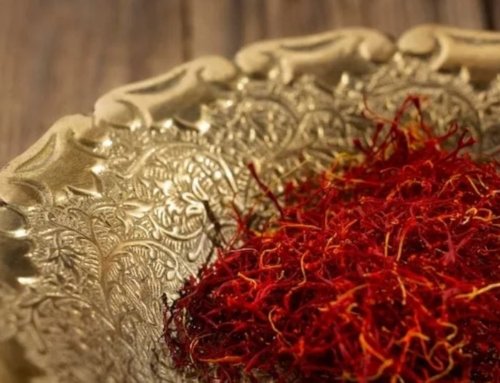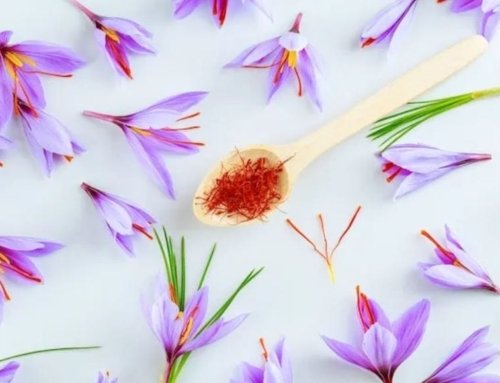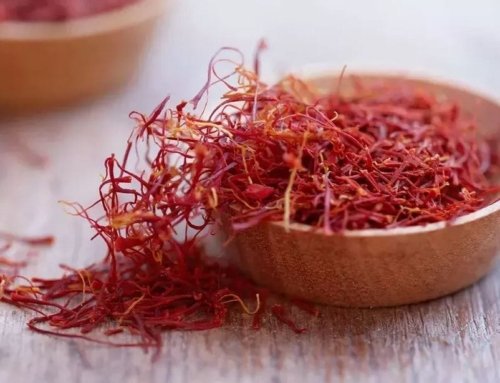 Tips for Enhancing Saffron Growth with Foliar Fertilization
Tips for Enhancing Saffron Growth with Foliar Fertilization
Proper care of saffron corms is essential for achieving healthy growth and high yields. One of the most effective methods to boost saffron cultivation is foliar fertilization. By providing nutrients directly to the plant leaves, this technique strengthens corms and supports their overall development. Here’s how you can ensure successful saffron growth.
Understanding the Importance of Foliar Fertilization
During winter, the roots of saffron corms naturally recede. This makes it essential to focus on leaf-based fertilization, as the leaves play a vital role in nutrient absorption. Foliar feeding not only compensates for declining root activity but also ensures the plants have enough nutrients for a strong start in the next growing cycle.
When and How to Apply Foliar Fertilizers
Foliar fertilization typically begins in January and continues through April. It’s important to maintain a 14–20 day interval between applications to avoid nutrient overload. Avoid spraying when rain or snowfall has occurred within 24 hours; dry leaves ensure maximum absorption.
Choose mild, calm days for fertilization, ideally when temperatures are around 12°C. Midday application—between 11:00 AM and 1:00 PM—is often the most effective because the plant stomata are open during these hours.
Seasonal Saffron Fertilization Plan
| Stage | Recommended Fertilizer |
|---|---|
| Stage One | Humic Acid, Nitrogen-Based Fertilizer, Thiobacillus Bacteria |
| Stage Two | Seaweed Extract, Keyplex Potassium, Amino Acids |
| Stage Three | Micronutrients, Potassium Silicate |
How Foliar Fertilizers Support Saffron
Using foliar fertilizers ensures that the plants get targeted nutrients when needed most:
- Seaweed Extract: Helps corms resist frost, improves nutrient uptake, and enhances disease resistance.
- Amino Acids: Promote better protein production, leading to stronger, drought-tolerant plants with increased photosynthesis efficiency.
- White Fertilizer: Stimulates multiplication of saffron bulbs, boosting overall yield and profitability.
Essential Practices for Saffron Foliar Fertilization
Proper timing and methods are critical to achieving the best results:
- Warm conditions (around 12°C) are optimal for nutrient absorption during foliar fertilization.
- Avoid windy conditions that can reduce the uniform application of fertilizers.
- Ensure plants are watered before fertilization; open stomata allow better nutrient uptake during application.
- Moisture on the leaves enhances nutrient absorption, so don’t let the plants dry out during application.
Why Invest Time in Foliar Fertilization?
Foliar fertilization plays an integral role in saffron cultivation. It allows for precise nutrient delivery, enhances plant health, and boosts crop yield and quality. By following a structured schedule and using the right fertilizers, growers can maximize the benefits of this effective method.
Conclusion
Saffron corms require careful management to thrive, and foliar fertilization offers a reliable way to strengthen their growth. Implementing the right practices, selecting appropriate nutrients, and timing applications wisely will ensure your saffron plants achieve their full potential.







Get Social